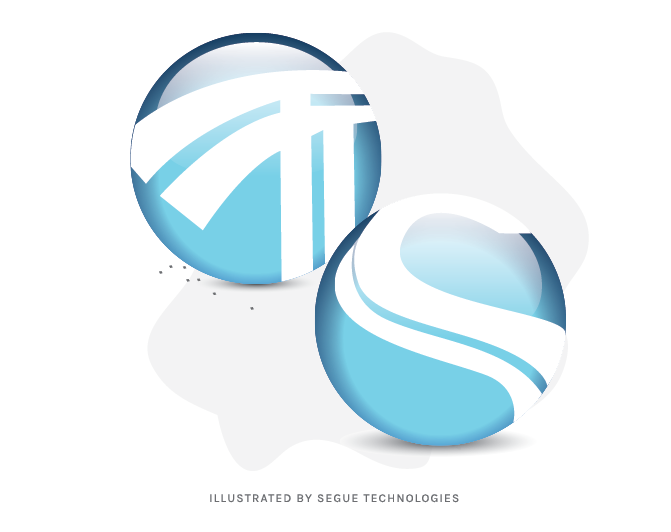As a developer, there are plenty of tools available to facilitate the development and deployment process. Having tools that work together is essential to developer success. In the past, I have worked at companies where some of this process was manual. Things would get fixed, enhancements would be completed, and things would move on but we wouldn’t always have any way to keep track of what was done or what issues had come up. Not being able to keep track of issues can cause a team to have to research and resolve the same problem repeatedly, ultimately wasting time and energy. If your company has a system to track issues and enhancements, future work can become more efficient by using the historical information available. For the applications I support at Segue, I use the Seapine’s TestTrack Pro and Surround SCM tools.
Using TestTrack for Requirements Management and Issue Tracking
Using Seapine’s TestTrack Pro tool helps tremendously whenever an issue is discovered. We can gather the requirements and create a new ticket to track the issue. Issues can be organized in different ways, such as a list of tickets, or can be placed in a build release folder, etc. They are then available for all team members to review and add to if necessary. Even if an issue does not need to be resolved immediately, recording it in TestTrack Pro allows us to assign the ticket and track its progress at any time. Another helpful way to use TestTrack Pro as a developer is to be able to attach code file changes to each individual ticket. Developers can view the tickets, review the details, and compare the code file changes from the previous version. This also facilitates the review and unit testing process. If a discrepancy is found later, we can always compare the changes made and more efficiently pinpoint the issue’s cause.
Using Surround SCM for Code Management and Version Control
Another tool we use from Seapine is Surround SCM. This tool helps keep track of code file changes and versioning. It is very difficult to keep track of file changes if a version control system is not used, especially when multiple developers are making changes simultaneously. Using the Surround SCM menu allows users to “Get”, “Check Out”, or “Check In” files from the repository as needed. All versions of the file are archived for historical purposes so if you need to revert back to a file, it can easily be done. Developers can also create working directories for their files that will be compared against the Surround repository. The file status will show which files are out of sync. This helps to make sure that the most current files are being used before starting development.
Using TestTrack and Surround SCM Together
Surround SCM and TestTrack Pro are part of the same suite and meant to work together fairly seamlessly. When using these two tools together, if a ticket is assigned to a developer, it can be reviewed in TestTrack to retrieve all details. After code changes are completed, they can be checked in and attached to the associated ticket. This process helps keep track of all the application changes and all the work done for each ticket. All the team members and the quality control team can review the details of the tickets and code before testing.
Surround also facilitates the process of creating a build for deployment. It can track all the files that were changed for each ticket within the current build release. Surround makes it possible to review all the files changed and make sure all the correct files are put in place for creating a build.
Using these tools prevents issues with redundant work requests or issues falling through the cracks. When this process is followed, it’s also much easier to provide great client service because our team has all the information regarding any issue or requirement stored in one place and it is available to everyone who is involved with the project.
